The Science of Coral Reef Ecosystems and Their Conservation
Introduction
Coral reefs are diverse underwater ecosystems that are home to a multitude of marine species. They are some of the most biologically rich and economically valuable ecosystems on Earth, providing food, protection for coastlines, and tourism opportunities. However, coral reefs are under threat from a variety of factors, including climate change, overfishing, and pollution. This article delves into the science of coral reef ecosystems and their conservation, providing a comprehensive and detailed exploration of this fascinating and vital part of our planet.
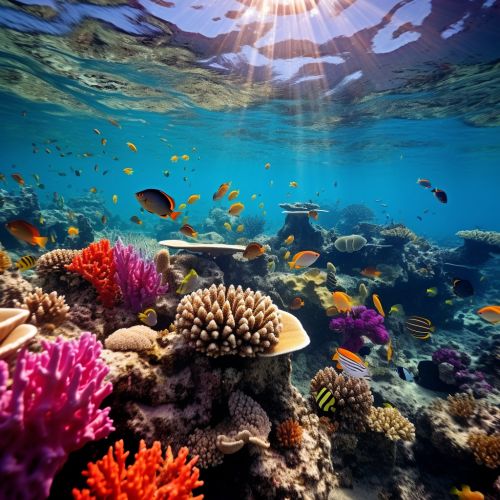
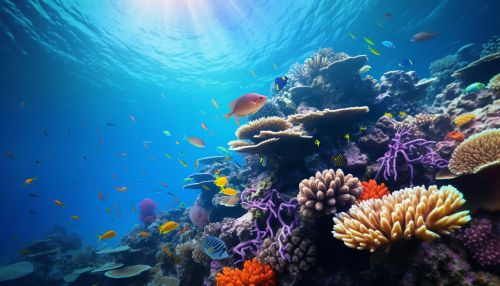
Coral Reef Ecosystems
Structure and Formation
Coral reefs are formed by the accumulation of coral skeletons, which are made of calcium carbonate. Coral polyps, the living component of corals, secrete this hard material, creating a protective structure around themselves. Over time, these structures build up, forming the complex and intricate formations that we recognize as coral reefs.
Biodiversity
Coral reefs are renowned for their incredible biodiversity. They are often referred to as the "rainforests of the sea" due to the vast number of species they support. This includes a wide variety of fish, invertebrates, and algae, many of which are not found anywhere else in the world. The biodiversity of coral reefs is a result of the complex and interconnected relationships between the organisms that inhabit them.
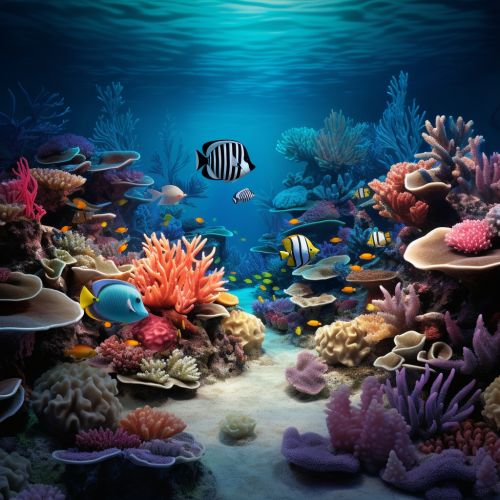
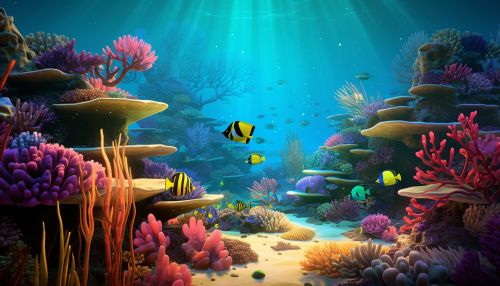
Ecological Role
Coral reefs play a crucial ecological role. They provide habitat and food for a multitude of marine species, acting as a nursery for young fish and other marine organisms. Coral reefs also play a vital role in nutrient cycling, with the organisms that inhabit them helping to recycle nutrients and maintain the health of the marine environment.
Threats to Coral Reefs
Coral reefs are facing numerous threats, many of which are human-induced. These include climate change, overfishing, pollution, and habitat destruction.
Climate Change
Climate change is perhaps the most significant threat to coral reefs. Rising sea temperatures can lead to coral bleaching, a phenomenon where corals expel the symbiotic algae living in their tissues, causing them to turn white. Without these algae, corals struggle to survive. Additionally, ocean acidification, a result of increased carbon dioxide in the atmosphere, can make it harder for corals to build their calcium carbonate skeletons.
Overfishing
Overfishing is another major threat to coral reefs. Overfishing can lead to a reduction in the number of herbivorous fish, which can result in an overgrowth of algae and a decline in coral health. Additionally, destructive fishing practices, such as the use of dynamite or cyanide, can cause direct physical damage to coral reefs.


Pollution
Pollution, particularly from land-based sources, can have a detrimental impact on coral reefs. This includes runoff from agriculture, which can introduce harmful nutrients and pesticides into the marine environment, and plastic pollution, which can smother corals and harm the marine organisms that inhabit them.
Habitat Destruction
Habitat destruction, such as coastal development and destructive fishing practices, can also pose a significant threat to coral reefs. This can lead to the physical destruction of coral reefs, as well as increased sedimentation, which can smother corals and block sunlight.
Coral Reef Conservation
Given the threats facing coral reefs, conservation efforts are crucial. These efforts can take many forms, from local initiatives to global policy changes.
Marine Protected Areas
One of the most effective ways to protect coral reefs is through the establishment of Marine Protected Areas (MPAs). MPAs restrict human activities in certain areas, allowing coral reefs and the marine life they support to recover and thrive.
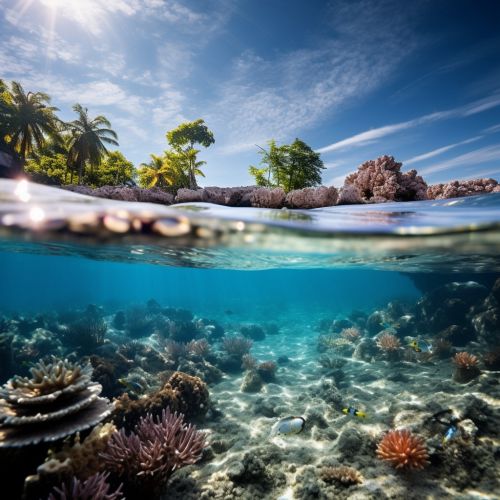
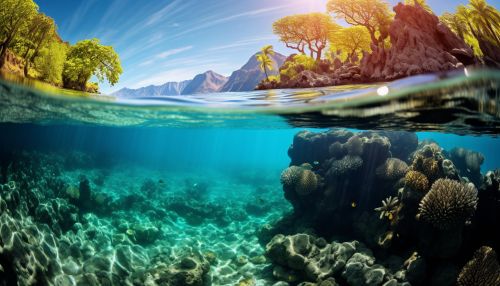
Restoration Efforts
Coral restoration efforts are also an important part of coral reef conservation. This can involve the cultivation of corals in nurseries and their subsequent transplantation onto degraded reefs, a process known as coral gardening. Additionally, efforts are being made to breed more resilient corals that can better withstand the impacts of climate change.
Policy Changes
Policy changes at the national and international level can also play a crucial role in coral reef conservation. This can involve implementing stricter regulations on fishing and pollution, as well as commitments to reduce greenhouse gas emissions.
Conclusion
Coral reefs are a vital part of our planet's ecosystem, providing habitat for a multitude of marine species and offering numerous benefits to humans. However, they are under threat from a variety of factors, necessitating urgent conservation efforts. Through a combination of marine protected areas, restoration efforts, and policy changes, it is possible to safeguard these precious ecosystems for future generations.
